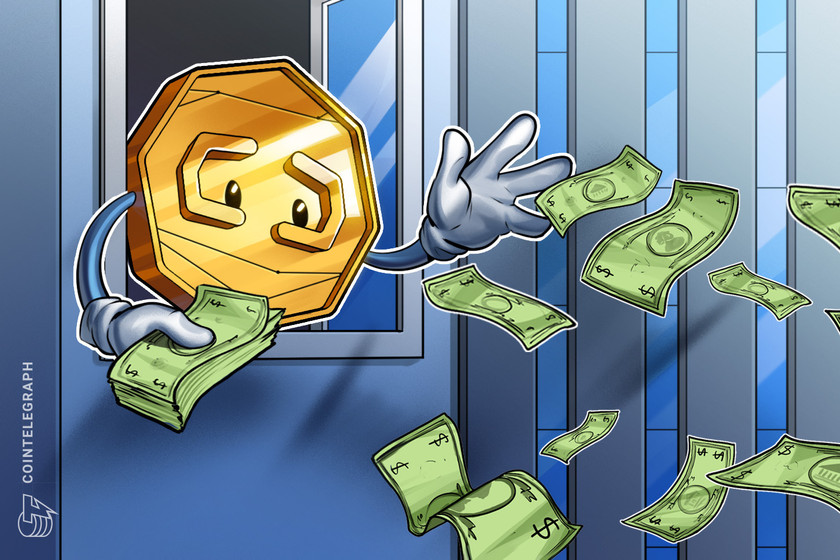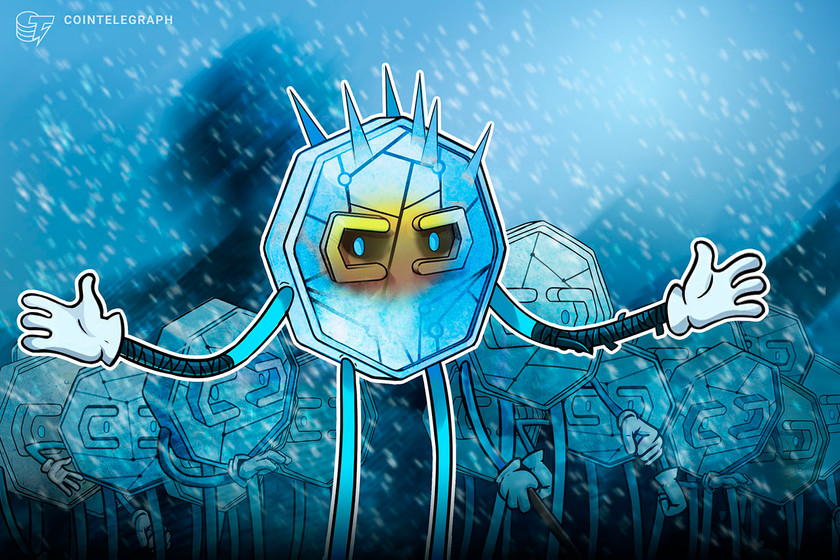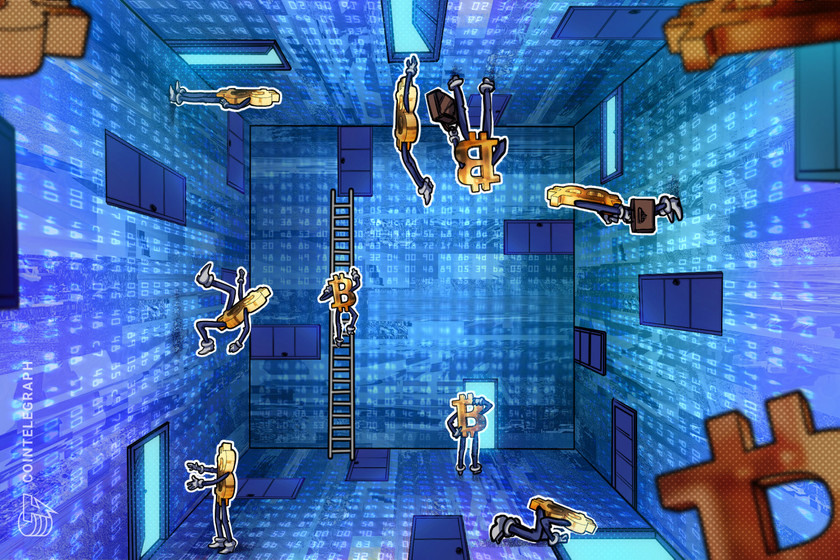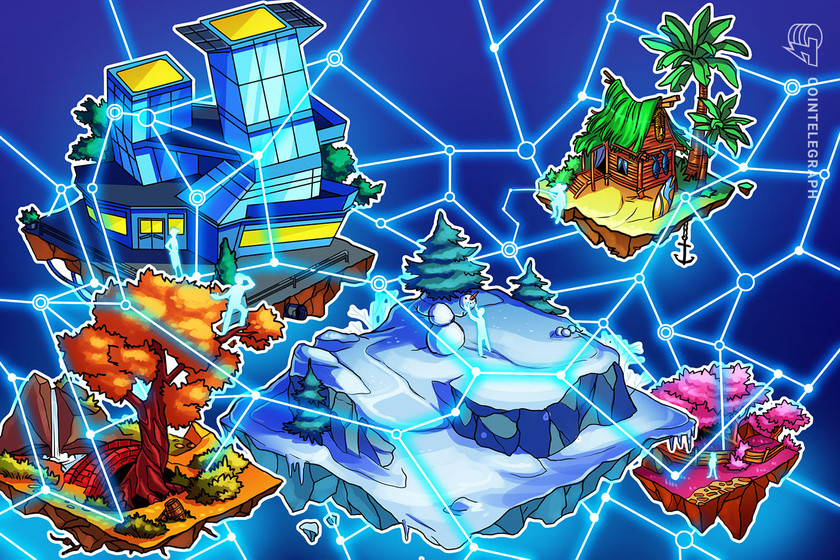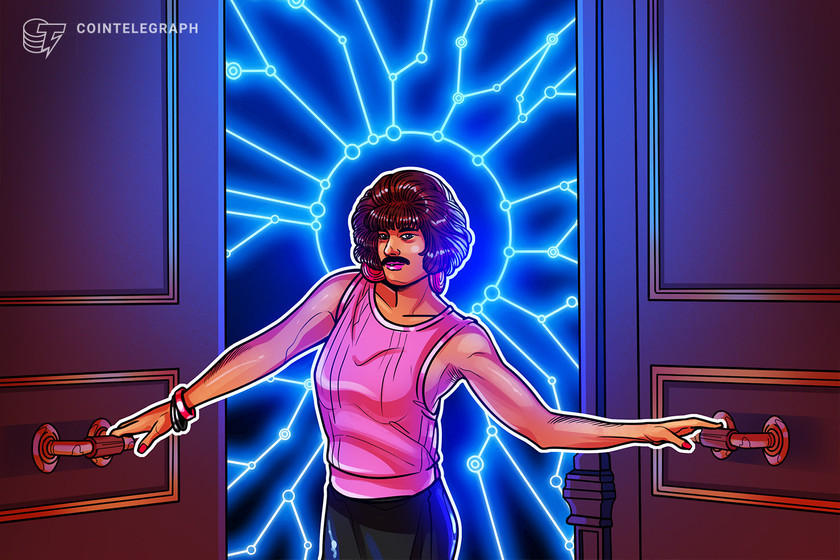GameFi industry to see $2.8 billion valuation in six years


The GameFi industry holds massive potential for growth within the next six years, according to a recent report.
A recent report from Absolute Reports projects massive growth for the GameFi industry within the next six years.
The research has the play-to-earn nonfungible token (NFT) game industry with an estimated value of $2.8 billion within the time span from 2022–2028. Moreover, the compound annual growth rate of the industry is 20.4% in the same six-year period.
This forecast comes in the midst of a raging crypto bear market, which leaves little room for projects and industries with no substance. The report highlights the leaders in this field of play-to-earn game development which include Sky Mavis, Dapper Labs, Decentraland, Immutable and The Sandbox.
Furthermore, it breaks down GameFi by type, console and market region.
Though it’s not only the report which points to a favorable future for the Web3 gaming industry, as research from Cointelegraph also highlights interest from venture capitalist investors during the down season. For example, Animoca Brands recently acquired three companies within the GameFi space.
Another analysis shows an uptick in users of blockchain-based games despite market conditions. Both WAX and Binance Smart Chain saw steady community numbers with 2.94 million and 2.49 million users.
During market downturns, projects that remain carry with them a level of apparent utility. Blockchain-based games are a simple, accessible, and engaging way for this to be seen. It is for this reason that gaming has always acted as a gateway for new users to interact with the crypto space.
However, as Web3 continues its development, experts highlight that GameFi will need to adapt as well. In a recent conversation with the founders of Crypto Raiders, they urged developers to prioritize fun over “financialization” when continuing to develop platforms.


